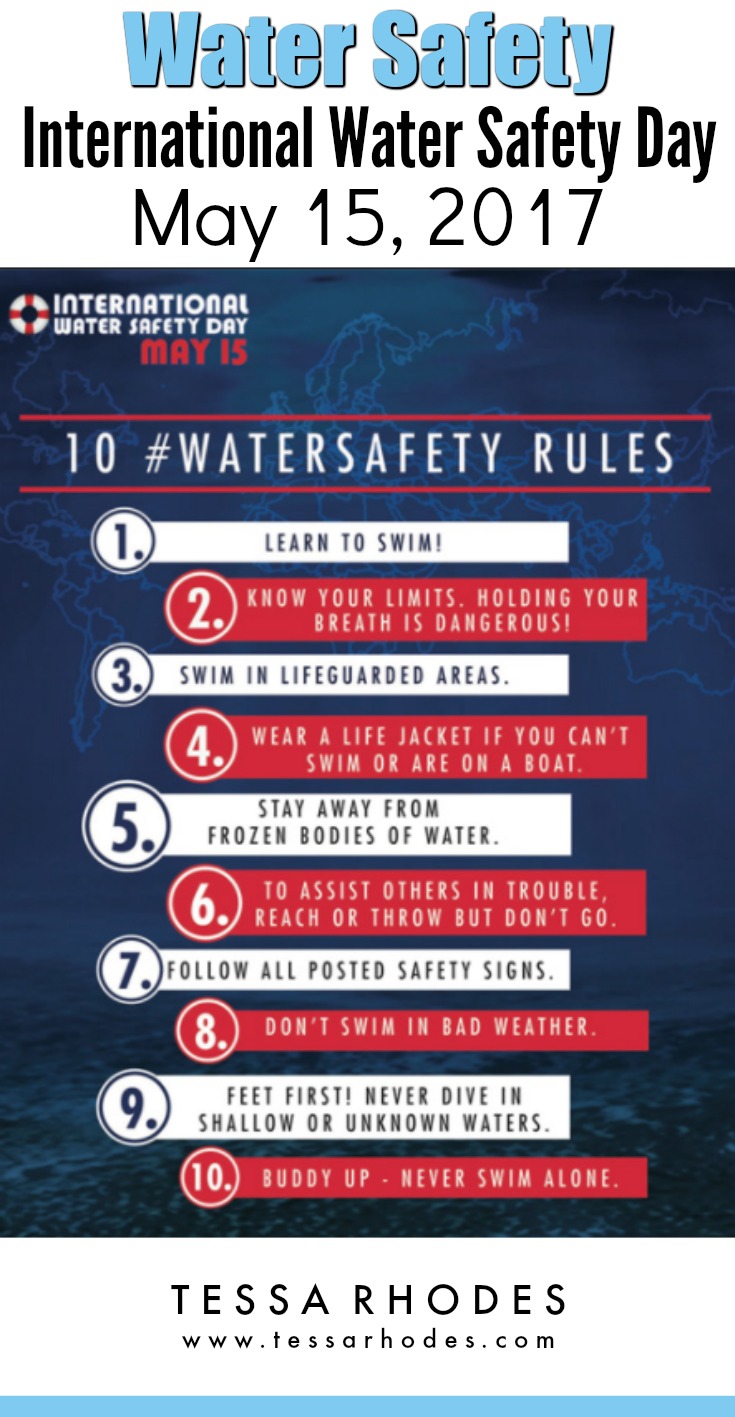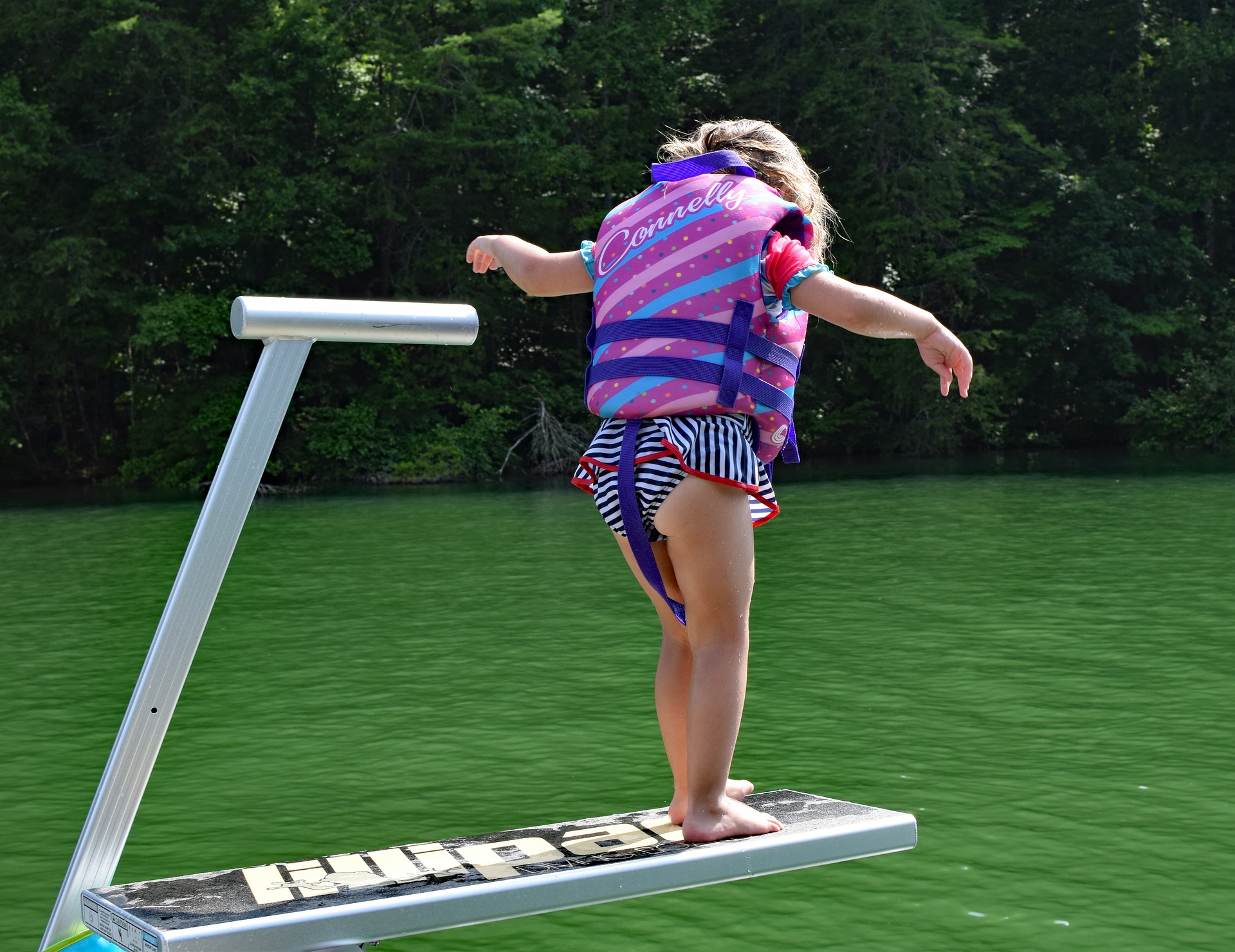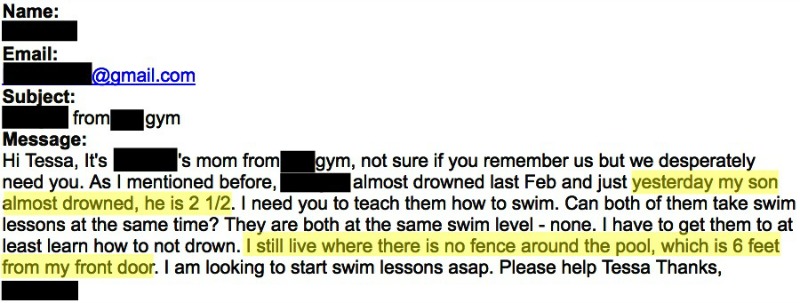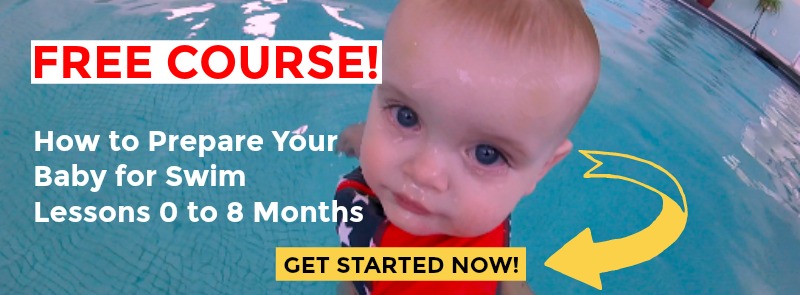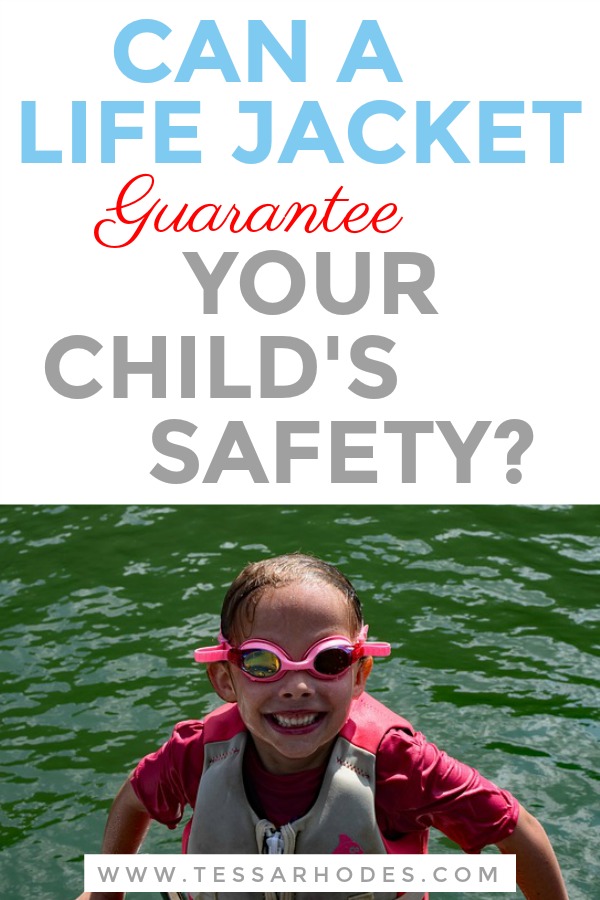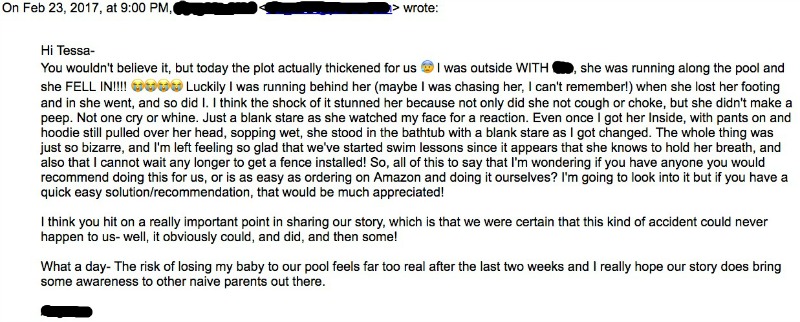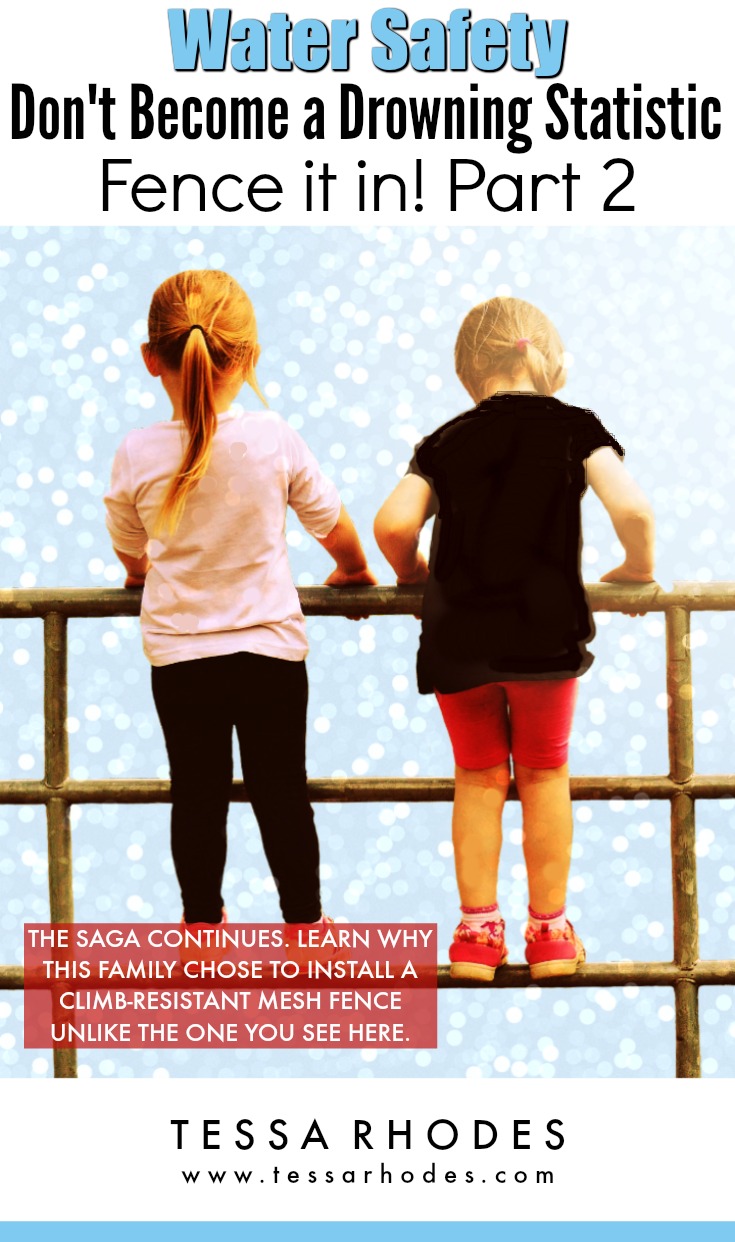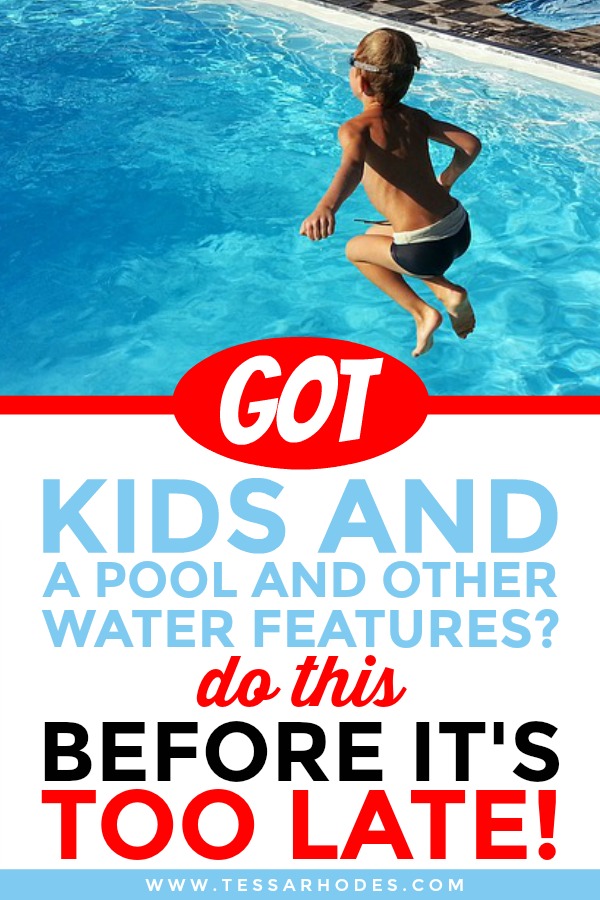international water safety day
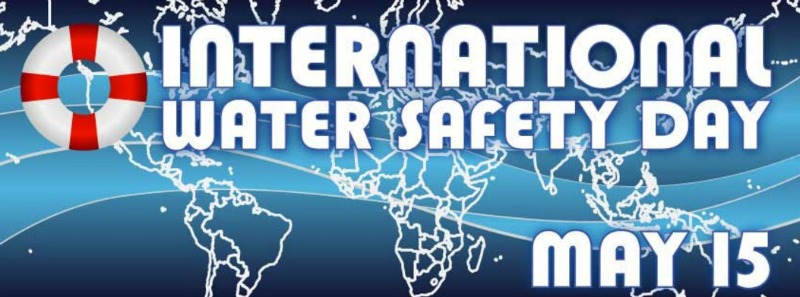
Fun fact: Elephants can swim up to twenty miles a day. They use their trunk as a snorkel.
The most swimming I do is about 500 yards, which is about 46 lengths in my pool. So an elephant would have to swim 3200 lengths in my pool for his daily exercise routine.
I won’t talk about the elephant in the pool anymore, but I would like to tell you about one of my students in the pool the other day.
He’s going to be three years old in a couple of months and loves to retrieve sinkable objects from the bottom in the shallow end. His favorite sinkable objects are the torpedoes or as he refers to them, “potatoes.” Too cute.
INTERNATIONAL WATER SAFETY DAY MAY 15!
Striving to make a planet that’s 70% water, 100% water safe.
International water safety day is a global team effort to bring as much awareness of the statistics of drowning to the general population. And to educate children and adults on how to be safe in, on and around water.
According to the World Health Organization, 372,000 people lose their lives to drowning each year. So that means that every hour of every day more than 40 lives are lost worldwide.
And these figures do not include data from 66 countries. Nor do they include intentional drowning deaths (suicide or homicide), cataclysms or water transport incidents.
Therefore if all types of drownings and all countries were represented, it is suggested that the WHO estimated drowning rate would multiply by four or five times.
And the most vulnerable are children ages 1 to 4 years, followed by children ages 5 to 14 years.
Drowning can take place in any body of water from as little as 2 inches of water in a bathtub, bucket or toilet to a landscape water feature, pool, pond, river, lake or ocean just to name a few.
91% of global drowning deaths occur in low and middle-income countries. The main reasons are:
- Lack of physical barriers between water sources and children
- And lack of adult supervision so
- Uncovered or unprotected water supplies and lack of safe water crossings
- Also a lack of water safety awareness
- And traveling on water, especially on overcrowded or poorly maintained vessels
- Finally, flood disasters, whether from extreme rainfall, storm surges, tsunamis or cyclones
So keep you and your family safe around water. Make sure to:
- Always swim in a lifeguarded area. so
- And always swim with a buddy, never swim alone.
- Learn swimming and water safety survival skills.
- Provide close and constant attention to children you are supervising in or near water.
- Children, inexperienced swimmers, and boaters should wear U.S. Coast Guard-approved life jackets.
- Provide adequate barriers around swimming pools, spas, and landscape water features.
- Also, know what to do in an emergency. If a child is missing, check the water first.
- And know when to call 911 and have easy access to reaching or throwing equipment, a cell phone, life jackets and a first aid kit.
Enroll in American Red Cross home pool safety to keep you and your family safe around water.
And for more information on preventing accidents to keep you and your family safe, get the free water safety app. For the iTunes app store click here and for Google Play click here.
To participate in International Water Safety Day, simply share this post with as many people as you can on your favorite social media platform(s).
The more people we can reach, the closer we get to make our planet 100% water safe.so
Thank you for your participation.so
Love the water, so
Tessa so
P.S. Get the FREE water safety app to help ensure your family stays safe in, on and around the water. It includes kid-friendly videos and quizzes. Search the iTunes app store for Swim by American Red Cross or click here. For Google Play you can use the same search parameters or click here. It provides the latest in water safety guidance to help ensure your family stays safe in, on and around the water.
P.P.S. To start your child on the path to becoming water safe, click here. so
